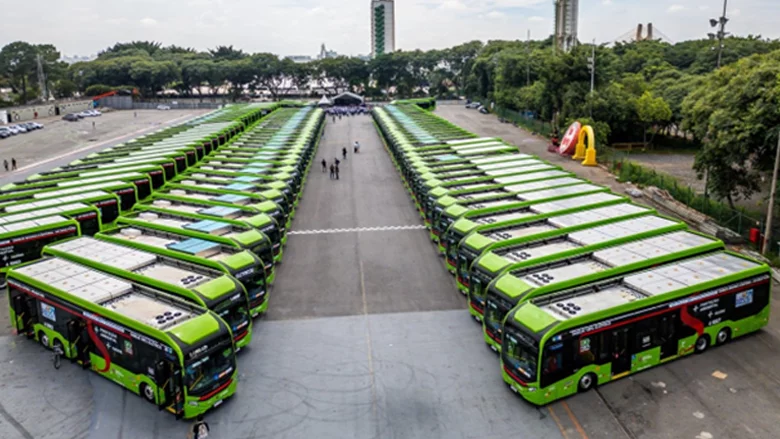We compare analytically and numerically the optimised performance of different urban public transport modes for three objectives: total cost minimisation, profit maximisation, and welfare maximisation. We find that under optimal operation, buses provide lower waiting time and operator costs, therefore the only possible advantage for rail is providing a lower in-vehicle time cost if trains are faster. Using Australian data, we found that bus rapid transit provides a lower total cost, higher profit and welfare, up to their capacity. Introducing passengers dislike of crowding and train-specific attraction elements might make Heavy Rail the most cost effective mode for high levels of demand.











